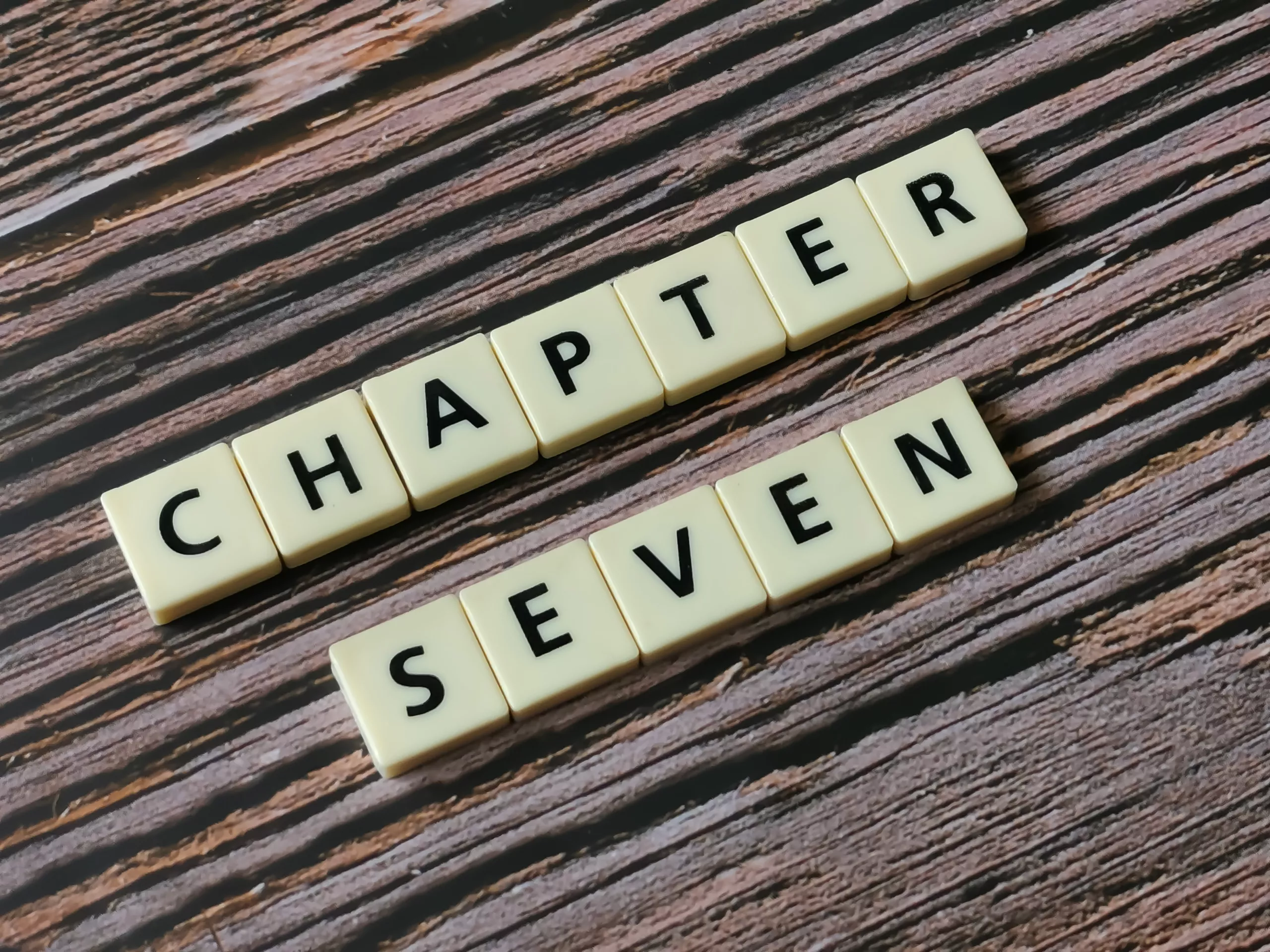Chapter 7 is the most common consumer bankruptcy. This bankruptcy type resolves debt under federal court protection. Unsecured debts, or those with no collateral, are often forgiven. Generally, credit card debt, personal loans, and medical bills are covered, but back taxes, student loans, and alimony and child support are not. Due to credit reports, it will be harder to get credit ten years after filing for bankruptcy. However, credit scores may start to improve months after you declare bankruptcy.
To know if you qualify for this type of bankruptcy, check if you:
- Pass what is called the means test, covering your assets, income, and expenses
- Have not finished a Chapter 7 bankruptcy in the last eight years
- Have not finished Chapter 13 in the last six years
- Have not, in the last 180 days, filed any bankruptcy petition which was dismissed because of failure to appear or follow court orders
- Have not, in the last 180 days, filed a petition that was voluntarily dismissed because your creditors sought to recover property that they had any lien in through court relief
Knowing that you are qualified, how do you know if Chapter 7 is for you? Compared to other bankruptcy types, this is best when:
- Your assets are not that many.
- Your total problem debts exceed two-fifths of your annual income.
- You have problem debts that include credit card debts, medical bills, payday loans, or other debts discharged by Chapter 7
- You would take more than five years to pay off and wipe-out your debts, even with extreme measures.
Following bankruptcy laws, student loans, child support, recent taxes, and other similar debts cannot be erased through filing for bankruptcy. You could still benefit, though, by wiping out some debt to raise money for the remaining ones that you must repay.
 If your concern is secured debts, if you have more assets, or if you can pay back some of what you owe to your creditors, Chapter 13 may be a better option. A credit counseling agency may also be able to give you a good debt management plan. Aside from credit counselors, bankruptcy attorneys can also suggest the most suited debt relief option.
If your concern is secured debts, if you have more assets, or if you can pay back some of what you owe to your creditors, Chapter 13 may be a better option. A credit counseling agency may also be able to give you a good debt management plan. Aside from credit counselors, bankruptcy attorneys can also suggest the most suited debt relief option.
You know you are qualified and you are aware that filing for Chapter 7 bankruptcy is for you. How do you file for bankruptcy Chapter 7?
-
- Start with credit counseling 180 days or roughly six months before filing. Contact a nonprofit credit counseling agency for what they call ‘pre-file bankruptcy counseling.’
- Look for an experienced bankruptcy attorney to file the forms and help you deal with debt relief paperwork properly.
- While your attorney is filing your petition, gather relevant documentation. Make the most out of the automatic stay, when your creditors will not be able to ask for a payment, sue you, or garnish wages.
- File your petition with your lawyer and wait for the bankruptcy trustee to take over. He or she will check your finances and bankruptcy forms and facilitate meetings.
- Deal with nonexempt assets, including jewelry or even equity in your car, which could be sold to pay creditors. However, most Chapter 7’s are considered ‘no-asset cases,’ which means nothing is regarded as nonexempt. Your bankruptcy lawyer can help you understand how this works under the bankruptcy code.
- Resolve secured debts, often by returning the collateral. In some cases, you may redeem the property by paying its current value or reaffirming the debt by excluding it from your Chapter 7 and continuing to pay your creditor. As in bankruptcy law, the focus is on the repayment of what you owed.
- Wait for the case to be discharged 3 to 6 months after your petition was filed. In a bankruptcy discharge, eligible debts are forgiven.
You are qualified, it’s the best option, and you know how the bankruptcy process goes. What should I look forward to as I plan to file bankruptcy under Chapter 7?
After having your debts resolved through a bankruptcy filing, you need to focus on rebuilding your credit. After bankruptcy, aim for a fresh start for your financial life. You can start by creating financial goals, building a budget, and making a financial plan. To restore credit, keep credit balances at a minimum, make timely payments, and dispute credit reports mistakes when necessary. Being bankrupt is not easy, but it could be your best option.
If you want to know how to file or declare bankruptcies, contact the ones who have vast experience in insolvency. Call Karina Lucid who will discuss the best options for you.


